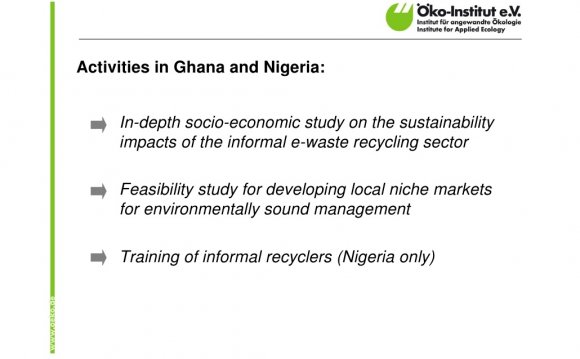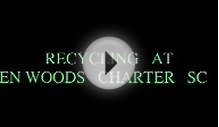
Everybody wants to recycle more and landfill less. In addition to being the best thing for the environment, it can also improve your bottom line. Sustainability efforts have come a long way in recent years, but there are always opportunities to do better. Upgrading your recycling program can save your business a considerable amount in disposal costs as well as increase revenue through the sale of more recyclable materials, at a higher price, to a wider variety of end users.
Here are a few simple tips for making your business more sustainable — and profitable.
Identify Recyclable Waste
What are you throwing away every day that could potentially be recycled? And how much is it costing you? The answer isn’t as clear as you may think. A detailed waste audit will likely reveal many areas where you are sending an excess amount of your waste to a landfill, and throwing away money in the process.
Commonly thrown away recyclables include:
- Paper or plastic cores
- Kraft multi-wall bags
- Plastic drums
- Plastic and metal strapping
- All types of plastic packaging
- E-scrap
- Nitrile gloves, hairnets & ear plugs
- Thread spools
- And many more
Develop Recycling Teams
If a recycling program is going to work, everyone needs to be on the same page. Many companies face a resistance to change and a dependence on former habits, but nearly every company has individuals who care deeply about environmental issues. Management needs to utilize these individuals to develop internal Green Teams. These teams can be given extra responsibilities and incentives to lead efforts to get other staffers on board and up to speed. The ideal Green Team would feature workers from many shifts and departments, with several eyes and ears on the ground.
Keep ‘Em Separated By Keeping It Simple
A staff that is well educated on how to properly handle recyclables can earn a company thousands of dollars a year. Proper separation of recyclables is critical. It is also important to keep all recycling receptacles in accessible locations with clear signage — with visuals making it as easy as possible for people to know what goes where.
Bale Your Recyclables
The baling of recyclables is also key. Having balers on hand, and a staff that knows how to use them, goes a long way toward a company’s recycling initiatives. For example, you can fit 10 times as much cardboard on a truck if you bale it.
Scout Innovative Solutions
Nearly all waste is recyclable. For example, many hard to recycle items can be handled by utilizing a variety of profitable return programs. There are also Waste To Energy options available for items that, while they may not be recyclable, can be converted into energy instead of going to a landfill.
Do A Value Assessment
Learn what the values of your recyclables are. Get accurate data on how much you’re getting per ton. For example, the clearer a plastic is, the higher value it has. Colored plastics are less valuable. But most times they get bundled together. Depending on the volume of waste you produce, a basic analysis can help you figure out whether it’s worth it to your company to spend the time and labor to sort it out or whether to save the effort and make less per ton. Seemingly small decisions like this can make a big financial impact.
RELATED VIDEO




 Sustainability is the capacity to endure. For humans, sustainability is the long-term maintenance of responsibility, which has environmental, economic, and social dimensions, and encompasses the concept of stewardship, the responsible management of resource use. In...
Sustainability is the capacity to endure. For humans, sustainability is the long-term maintenance of responsibility, which has environmental, economic, and social dimensions, and encompasses the concept of stewardship, the responsible management of resource use. In...








